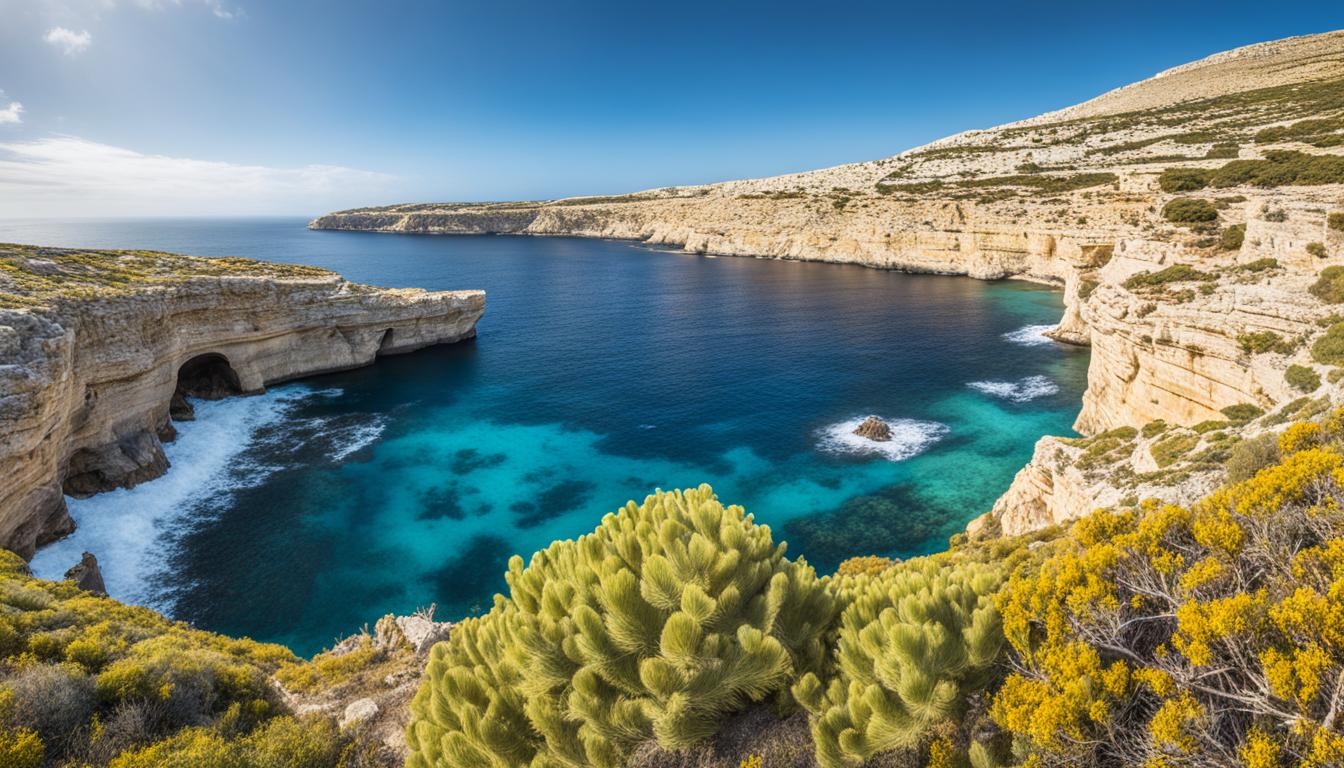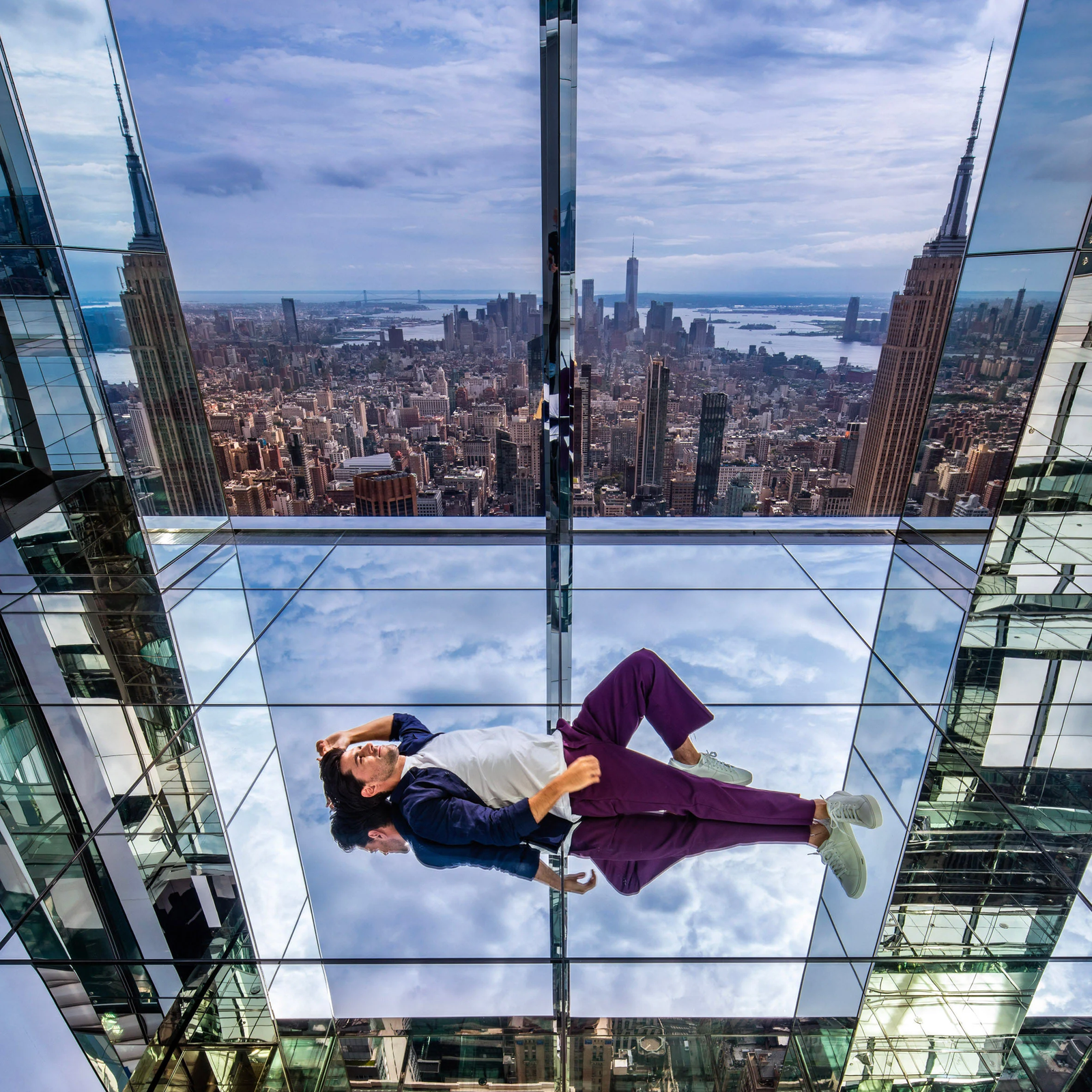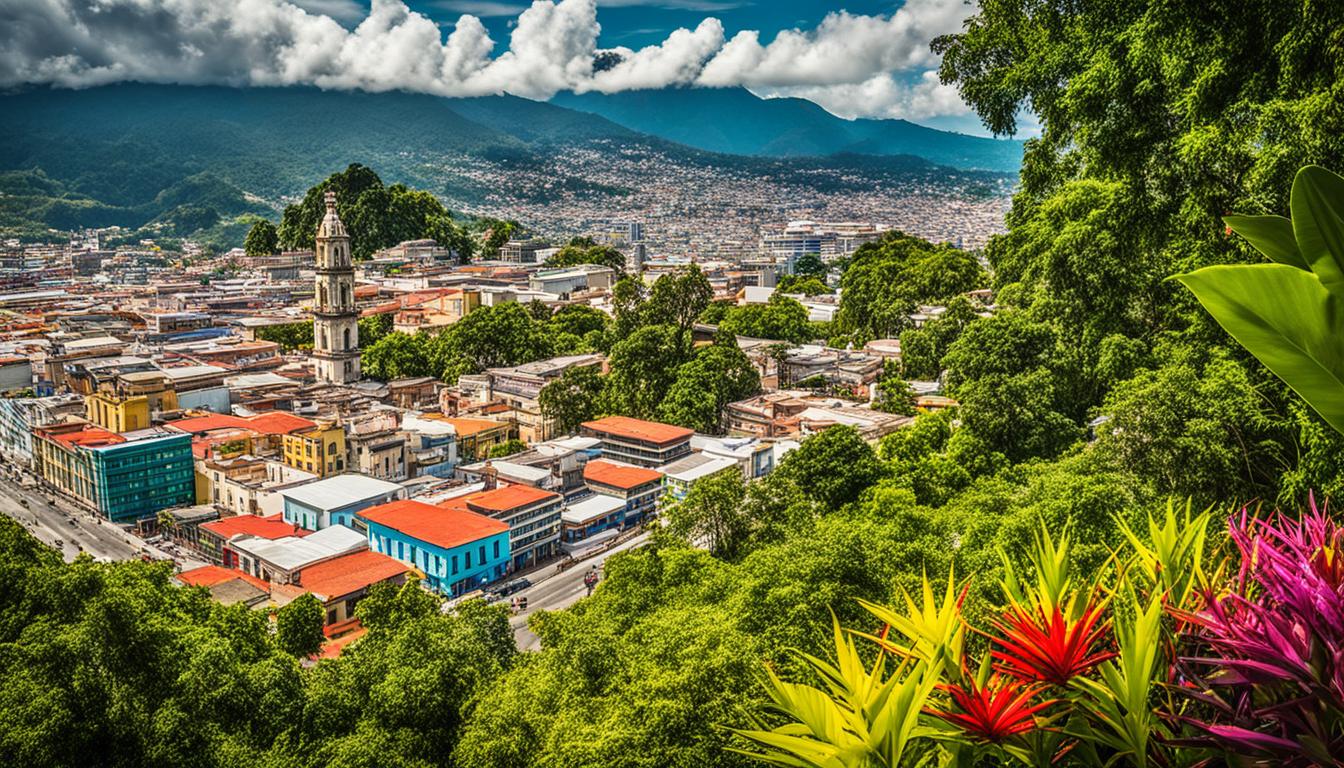Biodiversity in the Built Environment
- Tara Flanagan
- March 15, 2022
Globally the construction industry accounts for 40% (or 3 billion cubic tons) of raw materials into the economy every year. It is arguably one of the most resource-intensive and environmentally damaging industries in the world. While the focus in the industry has primarily been around decarbonisation and reaching net-zero carbon built environments, we cannot ignore the impact construction is having on biodiversity.
Construction projects have the potential, and too often do, impact on natural habitats, affecting wildlife and plant species. In addition to construction projects, the processes used to produce the raw materials are also affecting the biodiversity of the area.
Species extinction rates are soaring, with 28% of the world’s animal and plant species now under threat of extinction. (2022) Or to view it another way, there are a total of 42,108 species threatened with extinction according to Statista.

Scientists are warning of an ongoing collapse of biodiversity, and threat of a “sixth mass extinction”. With more than half of the world’s population living in urban areas and urbanisation expected to reach 68% by 2050, significant areas of natural land and habitats are being removed. Combining the rise in extinction rates with the rise in urbanisation, cities are an essential factor in sustaining biodiversity.
In Brazil, West Africa and South East Asia, we are seeing urban areas rapidly expanding in diverse natural environments with destructive consequences for biodiversity. We are seeing the effects in the UK too . A report by Hayhow et al (2016) showed that 56% of UK species declined between 1970 and 2013, and that biodiversity in the UK is faring worse than in many other countries.
Why is Biodiversity important?
Biodiversity is the shortened form of two words “biological” and “diversity”. It refers to all the variety of life that can be found on Earth (plants, animals, fungi and micro-organisms) as well as to the communities that they form and the habitats in which they live.
The natural environment provides the basic conditions without which humans could not survive. Ecosystem services are the benefits provided by ecosystems. These include providing food, water, timber, fibre, and genetic resources; regulating services such as the regulation of climate, floods, disease, and water quality as well as waste treatment; cultural services such as recreation, aesthetic enjoyment, and spiritual fulfillment and supporting services such as soil formation, pollination, and nutrient cycling.
The UK Government in 2008 stated that:
“The natural world underpins our nation’s prosperity and wellbeing. We often talk of being ‘enriched’ by our environment. In recent years we have come to realise that the environment does indeed deliver calculable economic benefits.”
With everyday life dependent on ecosystem services, we need to do more to prioritise biodiversity and give it the regard it deserves, if we want to develop sustainable and healthy urban life.
While there is more action needed, there is progress being made in understanding the importance of biodiversity and the effect it is having in the construction industry. Singapore is transforming itself into a “City in Nature“. This includes species recovery plans for 100 species of plants and 60 species of animals, and have each household within a 10-minute walk from a park.
The World Economic Forum recently launched the BiodiverCities by 2030 initiative. In May 2021, the UK became the first country to commit to a legally binding target on species abundance for 2030.
In 2019, the UK Government announced that new developments would be required to demonstrate a 10% increase in biodiversity to gain planning approval. This “Biodiversity Net Gain” (BNG) is an approach to embed and demonstrate biodiversity enhancement within development.
It involves first avoiding and then minimising biodiversity loss as far as possible, and achieving measurable net gains that contribute towards local and strategic biodiversity priorities. It becomes law in November 2023.
Biodiversity Net Gain – Listen to top UK Environmental Lawyer, Ben Stansfield
What progress has there been to date?
Can the built environment foster multi-species habitats?
Fostering biodiversity and multi-species habitats can be achieved by creating habitat opportunities as part of new developments, protecting on-site habitats, and seeking to link them with others further afield. Biodiversity can be fostered by including planted roofs, green facades, roadside trees, together with larger green infrastructure like parks and wetlands. This will provide habitat for breeding, shelter and food for birds, pollinators and other animals. During the construction phase, components can be fabricated off-site to minimise the highly disruptive process for local fauna and flora. When it comes to brownfield sites, which feature rich ecosystems, biodiversity conservation is even more critical for developments.

Some architects and urban planners are bringing biodiversity into the forefront of their designs. One such example is Stefano Boeri Architetti. The studio is already transforming modern buildings into breathing organisms to regenerate urban biodiversity and ultimately mitigate climate change.
They are behind the ‘Vertical Forests’ in various cities including Nanjing, Paris, Milan, Eindhoven, Utrecht and Antwerp. In each city, the Vertical Forest undergoes a design iteration to tailor a unique design to its urban ecosystem. In Nanjing, the chosen plants are indigenous to the region and capable of absorbing 20 tonnes a year of CO2 and producing 10 tonnes a year of oxygen.
In the centre of Milan, the building is capable of absorbing 30 tons of CO2 a year. Not only does it absorb CO2, it also produces oxygen, absorbs the dust and other urban pollution, and the buildings feature rooftop photovoltaic panels, while greywater is reused as irrigation for the flora.
Recommended reading:
What Is Biodiversity Net Gain & What Does BNG Mean for the Environment









What architecture increases biodiversity?
2 years ago[…] you ever wondered how architecture can promote biodiversity? There is a growing trend in the design industry to create nature-positive buildings that […]
What is biodiversity offsetting?
2 years ago[…] Biodiversity offsetting is a conservation strategy that aims to balance development with environmental protection and create positive impacts on our ecosystems. It involves compensating for the loss of biodiversity caused by development by implementing measures to restore or enhance ecosystems elsewhere. In some countries, such as England, it is called Biodiversity Net Gain. […]